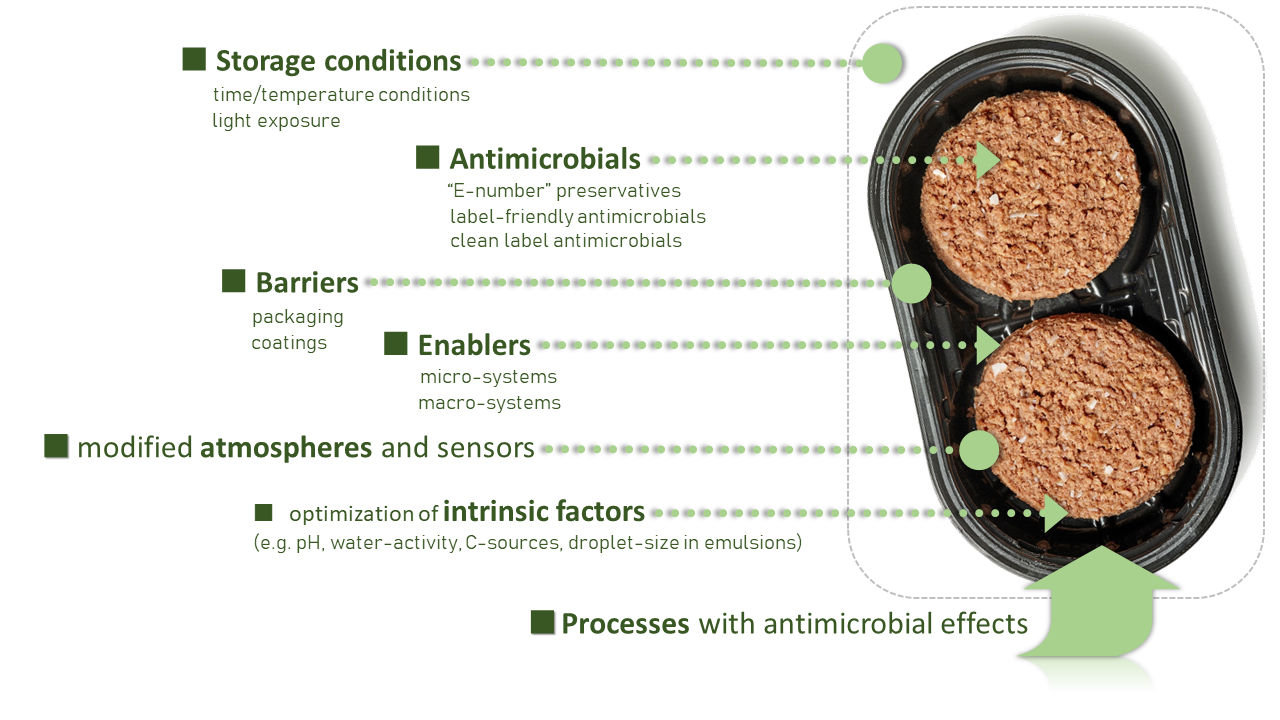
A chicken egg is one of nature’s most effective defence systems. The outer barriers, namely the eggshell and membrane, physically obstruct microbial penetration of the egg. The egg white contains several antimicrobial proteins and furthermore has a pH and viscosity that inhibit bacterial proliferation. All in all, the combination of these factors synergistically protect the vulnerable yolk from microbial attack and ensure stability even at room temperature. The lesson is that the smartest protection system is rarely based on one measure alone. In most cases, the most efficient defence against microorganisms is the combined and, often, synergistic use of several hurdles.
The hurdle concept was introduced to the food sector by Prof. Leistner in 1995, as “an intelligent combination of hurdles which secures the microbial safety and stability as well as the organoleptic and nutritional quality and the economic viability of food products”. Today, based on many years accumulated knowledge as well as numerous available solution components, this approach can be exploited to develop targeted solutions for ensuring microbial safety and quality of industrially produced perishable foods – such targeted solution development is our core expertise.
The goal is to protect the safety and stability of perishable foods without altering their sensory or nutritional quality. Whether developing a new product, reformulating an existing one or altering the manufacturing process, the choice of hurdle system should be considered from the outset.
We work with you to identify microbial risks and define the hurdle system that meets your needs for shelf life, labelling and cost in use and the legislative requirements of your market. This includes ensuring the commercial availability of the solutions we propose.
Challenge studies in our pilot plant evaluate efficacy in real-life conditions. Once validated, we support the hurdle system’s implementation and integration in your production.

Thus, we offer you an all-round service and support, from identifying the relevant microbial risks and challenges, over defining the target criteria for efficacy, costs, applicability and legislation, to the final implementation in your processes.
